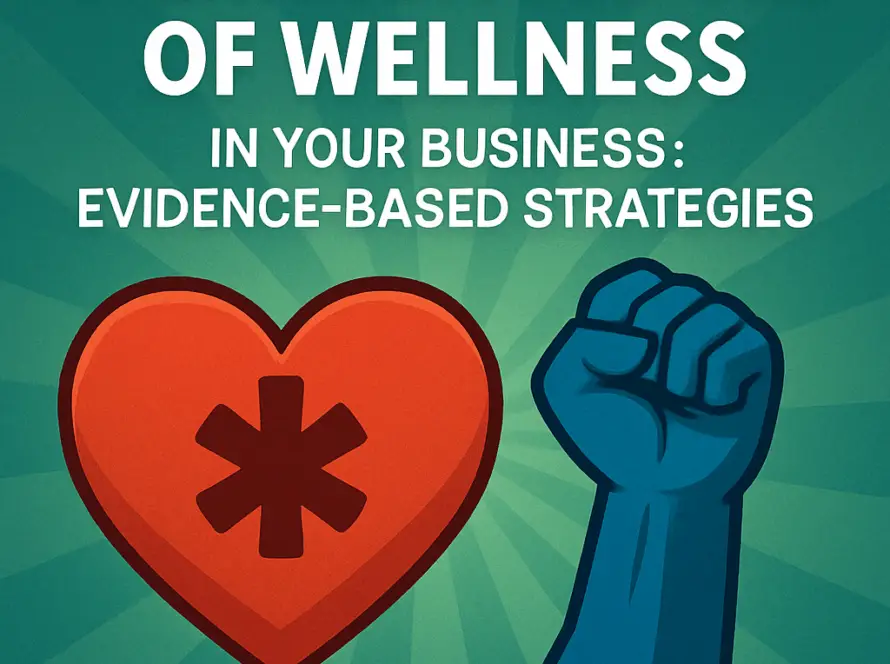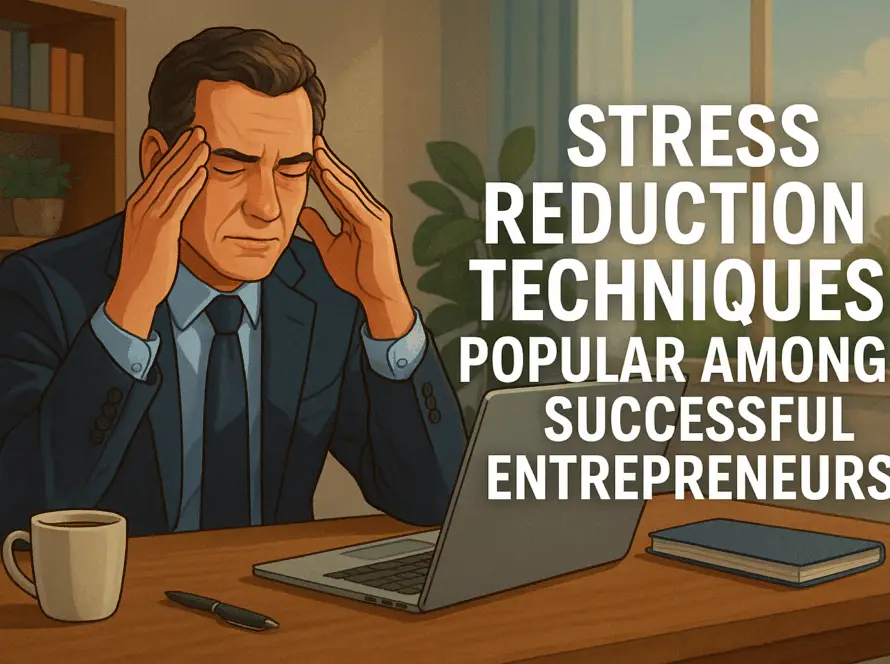Gratitude is a powerful yet often underestimated leadership tool that can transform workplace culture and improve team dynamics. For business owners and professionals, practicing gratitude fosters trust, engagement, and resilience within teams. Research highlights that leaders who express genuine appreciation not only enhance morale but also boost productivity and create a more cohesive work environment. Incorporating gratitude into daily leadership practices is a simple yet impactful way to elevate workplace culture.
The Science Behind Gratitude and Leadership
Studies in organizational psychology reveal that gratitude significantly influences leadership effectiveness. Leaders who express appreciation create a positive feedback loop, encouraging employees to feel valued and motivated. This, in turn, fosters loyalty and reduces turnover. Gratitude also improves emotional intelligence, a critical skill for successful leadership. Leaders who are grateful tend to be more empathetic and attentive, building stronger connections with their teams.
Transforming Workplace Culture Through Gratitude
Gratitude has the unique ability to shift workplace dynamics. By acknowledging team members’ contributions, leaders cultivate a culture of recognition and respect. Employees who feel appreciated are more likely to collaborate, innovate, and go the extra mile. Simple actions, such as thanking a team member for their hard work or celebrating small wins, can create a ripple effect that improves overall workplace morale.
Gratitude and Productivity
Research shows that teams led by grateful leaders experience higher levels of productivity. When employees know their efforts are valued, they are more likely to remain engaged and committed to their work. Gratitude also helps reduce workplace stress by creating a positive emotional climate. In high-pressure environments, expressions of gratitude can act as a buffer, allowing teams to stay focused and resilient.
Practical Ways to Practice Gratitude in Leadership
Incorporating gratitude into leadership doesn’t have to be complicated. Here are a few actionable strategies:
- Verbal Recognition: A simple “thank you” or acknowledgment during meetings goes a long way in boosting morale.
- Written Notes: Handwritten or digital notes of appreciation show thoughtfulness and leave a lasting impact.
- Team Celebrations: Recognize milestones and achievements through team lunches, awards, or small celebrations.
- Gratitude Meetings: Dedicate time during regular meetings to express thanks and share positive feedback.
Gratitude as a Leadership Habit
Dr. Kaveh’s mindset transformation principles align seamlessly with the practice of gratitude. By making gratitude a daily habit, leaders can shift their perspective to focus on the positive aspects of their team and organization. This shift enhances mental clarity, reduces stress, and fosters an optimistic outlook that inspires others.
Conclusion
Gratitude is more than just a feel-good practice—it’s a leadership strategy backed by research. By expressing appreciation, leaders can transform workplace culture, boost productivity, and build stronger, more engaged teams. Dr. Kaveh’s holistic wellness philosophy emphasizes the power of gratitude to not only improve professional success but also enhance personal fulfillment. Start incorporating gratitude into your leadership today, and watch how it transforms your workplace for the better.




7 Comments
Binance推荐代码
Thank you for your sharing. I am worried that I lack creative ideas. It is your article that makes me full of hope. Thank you. But, I have a question, can you help me? https://accounts.binance.info/fr/register-person?ref=T7KCZASX
registrera dig f"or binance
Thank you for your sharing. I am worried that I lack creative ideas. It is your article that makes me full of hope. Thank you. But, I have a question, can you help me? https://accounts.binance.info/el/register?ref=DB40ITMB
Regístrese para obtener 100 USDT
Thank you for your sharing. I am worried that I lack creative ideas. It is your article that makes me full of hope. Thank you. But, I have a question, can you help me? https://www.binance.com/register?ref=IXBIAFVY
binance Registrera dig
Can you be more specific about the content of your article? After reading it, I still have some doubts. Hope you can help me. https://www.binance.com/register?ref=IXBIAFVY
Regístrese para obtener 100 USDT
Can you be more specific about the content of your article? After reading it, I still have some doubts. Hope you can help me.
binance US-registrera
Your article helped me a lot, is there any more related content? Thanks!
бнанс створення акаунту
Your article helped me a lot, is there any more related content? Thanks! https://www.binance.com/register?ref=IHJUI7TF